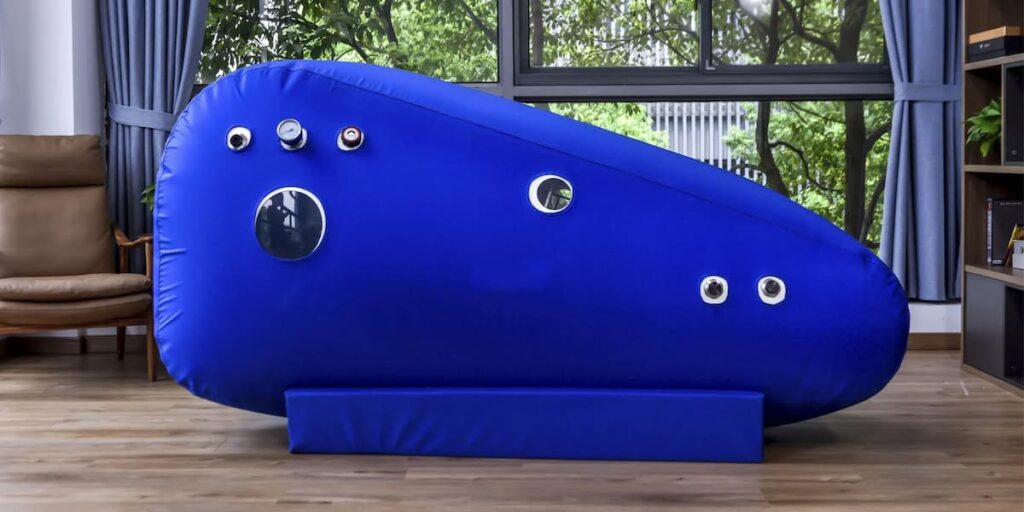Hyperbaric oxygen therapy (HBOT) has a fascinating history that dates back several centuries. The concept of using pressurized environments and increased oxygen levels to treat various medical conditions has evolved over time. Let’s explore the history of hyperbaric oxygen therapy.
17th Century: The origins of hyperbaric medicine can be traced back to the 17th century when British clergyman and physician, Henshaw, developed a simple pressurized chamber called the “Domicilium” or “Henshaw Chamber.” Although the exact purpose of the chamber remains unclear, Henshaw believed that it could treat various ailments.
19th Century: In the early 1800s, French physician Pierre Carlé developed a pressurized caisson, known as the “Carlé’s apparatus,” to treat pulmonary tuberculosis. However, due to limited understanding of the physiological effects of increased pressure and oxygen, these early attempts at hyperbaric therapy yielded inconsistent results.
Early 20th Century: The modern era of hyperbaric oxygen therapy began in the early 20th century. In 1917, French surgeon J.C. Javillier successfully treated gas gangrene in soldiers using hyperbaric chambers during World War I. This marked the first documented use of hyperbaric therapy for a specific medical condition.
1930s: American physiologist Orville Cunningham developed a steel chamber called the “Cunningham Pressure Chamber.” He used it to investigate the effects of hyperbaric oxygen on animals. Cunningham’s work laid the foundation for understanding the physiological mechanisms of hyperbaric oxygen therapy.
1950s: The use of hyperbaric oxygen therapy gained momentum in the 1950s when a British physician, Sir Robert Arthur Boissonneau, demonstrated its efficacy in treating carbon monoxide poisoning. His work led to the widespread adoption of hyperbaric chambers for treating this condition.
1960s: The U.S. Navy began exploring the application of hyperbaric oxygen therapy for deep-sea divers who experienced decompression sickness, commonly known as “the bends.” This research led to the establishment of hyperbaric treatment centres in naval hospitals and increased understanding of the treatment’s benefits.
1970s-1980s: Hyperbaric oxygen therapy continued to gain recognition and was used in various medical specialties, including wound healing, radiation injury, and non-healing diabetic ulcers. Research during this period contributed to the development of standardized treatment protocols and improved equipment.
1990s-Present: Hyperbaric oxygen therapy has become an established treatment modality in numerous conditions. It is widely used for carbon monoxide poisoning, decompression sickness, gas embolism, diabetic foot ulcers, chronic refractory osteomyelitis, radiation injury, and more. Research continues to explore the potential benefits of HBOT in various other conditions, such as traumatic brain injury, stroke, multiple sclerosis, and autism.
Throughout its history, hyperbaric oxygen therapy has evolved from a concept with limited understanding to a widely recognized medical treatment. Advances in technology, improved understanding of physiological mechanisms, and extensive clinical research have contributed to its development into an effective therapy for several conditions.

